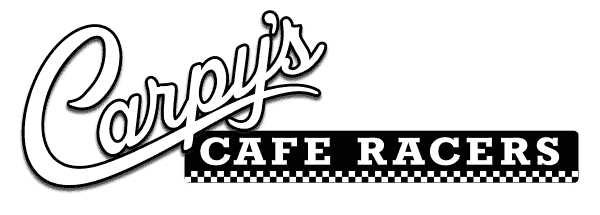Well here we are Below- who would of thought Harley would make an Electric Motorcycle, but its pretty stealthy, although I noticed it has to have some sort of thumping noise coming out of it and below you will see a Video so you can hear the electric motor winding up. Just wanted to Blog […]
Tag Archives: harley davidson
Always hate to have to bare bad news, but some low life stole a motorcycle at El Mirage and I wanted to spread the word, as someone may be offered the bike, such a shame as this had a lot of time, money and hard work go into this bike, be so good to get […]
If any of you are like me, then you will like this Blog that I have put together, it is hard to explain, but I have always had a fascination for the drags, even as a kid, I would sneak out the house on a Saturday or Sunday morning, take my old motorcycle helmet and […]
- 1
- 2
